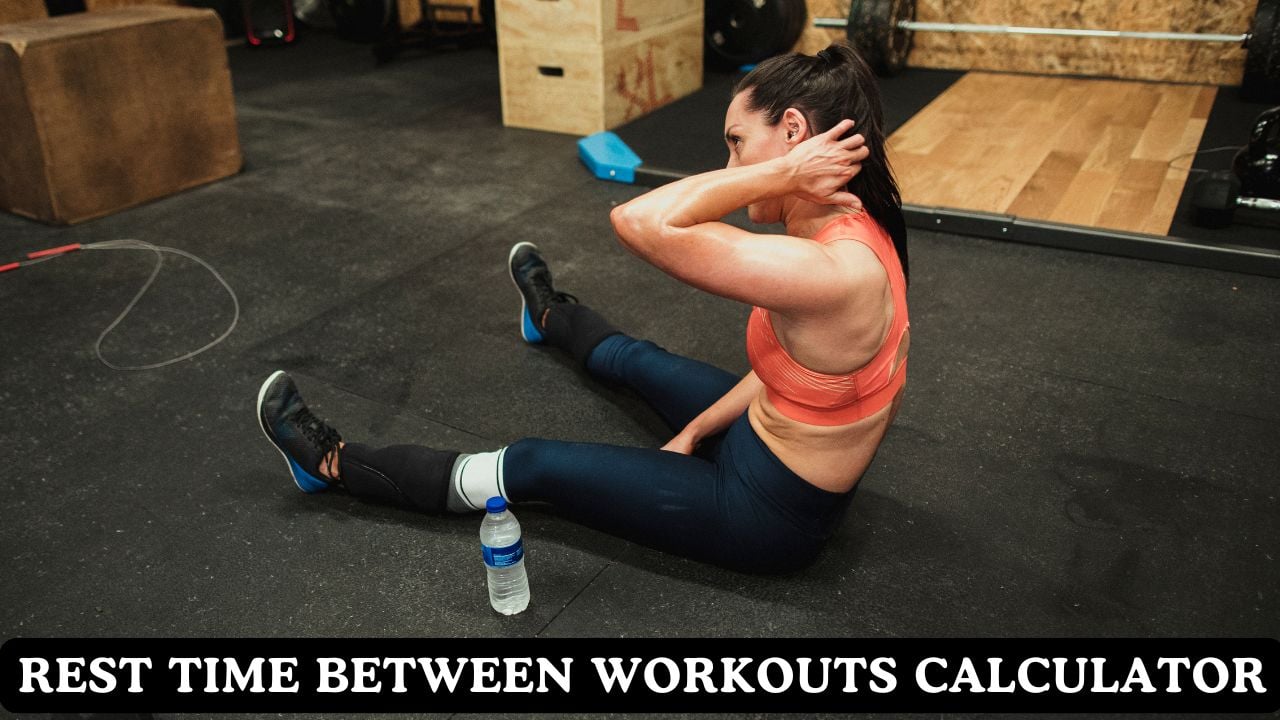⏰ Rest Time Between Workouts Calculator
Calculate optimal recovery time between workouts based on scientific principles. Maximize performance and prevent overtraining with personalized rest recommendations.

The Science of Exercise Recovery
Recovery between workouts is a complex physiological process involving muscle protein synthesis, glycogen replenishment, nervous system restoration, and hormonal rebalancing. Research shows that inadequate recovery leads to decreased performance, increased injury risk, and compromised training adaptations.
The recovery process follows distinct phases: immediate recovery (0-2 hours) focuses on metabolic restoration, short-term recovery (2-72 hours) involves structural repair and adaptation, while long-term recovery encompasses complete physiological restoration and supercompensation.
Factors Affecting Recovery Time
Multiple variables influence optimal rest periods between workouts:
- Workout Intensity: Higher intensities require exponentially longer recovery times
- Training Volume: Duration and total work performed impacts recovery needs
- Muscle Groups Targeted: Large muscle groups need more recovery than smaller ones
- Individual Factors: Age, fitness level, genetics, and training history
- Lifestyle Factors: Sleep quality, stress levels, and nutrition status
- Environmental Factors: Temperature, altitude, and training conditions
Recovery Optimization Strategies
Evidence-based approaches to enhance recovery include:
- Nutrition Timing: Consuming protein within 2 hours post-exercise maximizes muscle protein synthesis
- Sleep Prioritization: 7-9 hours of quality sleep when most recovery processes occur
- Active Recovery: Light movement enhances blood flow and reduces muscle stiffness
- Hydration Maintenance: Proper fluid balance supports all recovery processes
- Stress Management: Chronic stress significantly impairs recovery capacity
Integrate metabolic rate calculations and macro planning to optimize your recovery nutrition strategy.
Research Foundation & Scientific Evidence
Scientific research provides comprehensive evidence for optimal recovery timing and strategies:
Exercise Recovery and Adaptation
Research demonstrates that recovery is not merely rest but an active process of adaptation. Studies show that muscle protein synthesis peaks at 1-3 hours post-exercise and remains significantly elevated for 48-72 hours after training. This extended biological timeline forms the foundation for evidence-based recovery recommendations.
Individual Recovery Variability
Scientific literature reveals significant individual differences in recovery capacity. Factors such as age, training status, genetics, and lifestyle create recovery windows ranging from 24 hours for low-intensity activities to 72+ hours for high-intensity training. This variability necessitates personalized recovery strategies rather than one-size-fits-all approaches.
Recovery Monitoring and Optimization
Research supports the use of subjective markers (perceived recovery, sleep quality) combined with objective measures (heart rate variability, performance metrics) for optimal recovery assessment. Studies indicate that athletes who monitor and adjust recovery based on these markers show superior training adaptations and reduced injury rates.
Practical Applications & Training Integration
Strength Training Recovery
Strength training demands longer recovery periods due to structural muscle damage and nervous system fatigue. Research indicates 48-72 hours between sessions targeting the same muscle groups for optimal results.
- Heavy Lifting (85%+ 1RM): 72-96 hours recovery between similar sessions
- Moderate Intensity (70-85% 1RM): 48-72 hours for full recovery
- Light Training (50-70% 1RM): 24-48 hours adequate for most individuals
Enhance strength training with 1RM testing protocols and protein optimization for maximum recovery efficiency.
Cardiovascular Training Recovery
Cardiovascular exercise recovery varies significantly based on intensity and duration. While light cardio can be performed daily, high-intensity sessions require structured recovery periods.
- HIIT/Interval Training: 48-72 hours between high-intensity sessions
- Moderate Steady-State: 24-36 hours for complete glycogen replenishment
- Low-Intensity Cardio: Can be performed daily as active recovery
Monitor cardiovascular recovery with heart rate zone analysis and VO2 max assessments.
Sport-Specific Recovery Protocols
Different sports place unique demands on the body, requiring tailored recovery approaches based on movement patterns, energy systems, and competition schedules.
- Power Sports: 48-72 hours between maximal effort sessions
- Endurance Sports: Graduated recovery based on training volume and intensity
- Team Sports: 24-48 hours considering game schedules and practice intensity
- Skill Sports: Technique sessions can be more frequent with lower physical stress
Optimize sport performance with training volume planning and energy expenditure tracking.
